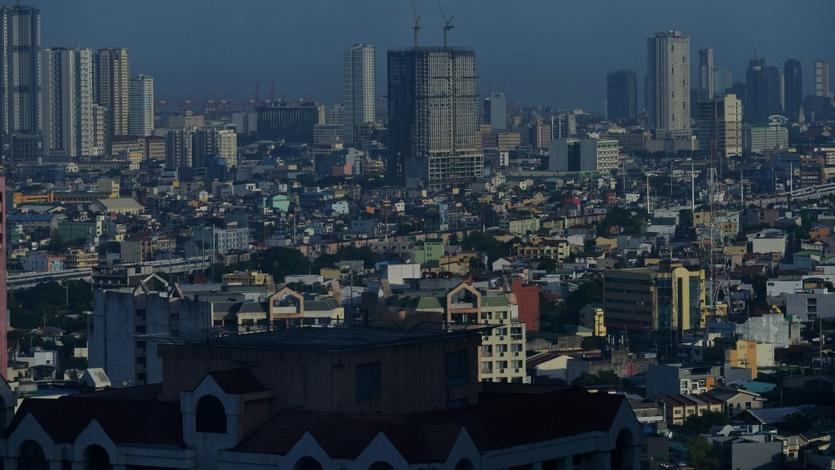 This photo taken on May 10, 2022 shows a general view of Manila from the business district of Makati. (CHAIDEER MAHYUDDIN / AFP)
This photo taken on May 10, 2022 shows a general view of Manila from the business district of Makati. (CHAIDEER MAHYUDDIN / AFP)
MANILA - The Asian Development Bank lowered developing Asia's growth forecast for 2022 on Wednesday to 4.6 percent from 5.2 percent, reflecting worsened economic prospects because of geopolitical tensions, more aggressive monetary tightening in advanced economies, and COVID-19 pandemic.
READ MORE: IMF revises down Asia economy growth forecast to 6.5%
In its supplement to the Asian Development Outlook 2022, the bank's flagship annual economic publication, the ADB also slashed its 2023 growth forecast for developing Asia to 5.2 percent from 5.3 percent.
The inflation forecast for developing Asia is raised from 3.7 percent to 4.2 percent for 2022 and from 3.1 percent to 3.5 percent for 2023 on higher fuel and food prices
The Manila-based bank slashed its 2022 growth forecast for East Asia from 4.7 percent to 3.8 percent; South Asia's growth forecast is lowered from 7 percent to 6.5 percent for 2022 and from 7.4 percent to 7.1 percent for 2023.
The 2022 forecast for Southeast Asia is marginally upgraded from 4.9 percent to 5 percent as domestic demand benefits from the continued lifting of COVID-19 mobility restrictions and the reopening of borders in some economies in the sub-region.
The Caucasus and Central Asia's growth prospects are raised from 3.6 percent to 3.8 percent for 2022 and from 4.0 percent to 4.1 percent for 2023. This year's growth prospects for the Pacific are revised from 3.9 percent to 4.7 percent.
ALSO READ: Asia's developing economies going greener with digital technologies
The inflation forecast for developing Asia is raised from 3.7 percent to 4.2 percent for 2022 and from 3.1 percent to 3.5 percent for 2023 on higher fuel and food prices.
However, the ADB said the inflation pressures in the region "are less than elsewhere in the world."
The ADB added that the supply disruptions and escalating sanctions imposed on Russia have spiked global commodity prices and remained higher than 2021's already elevated levels, leading to inflationary pressure increase in many regional economies.


